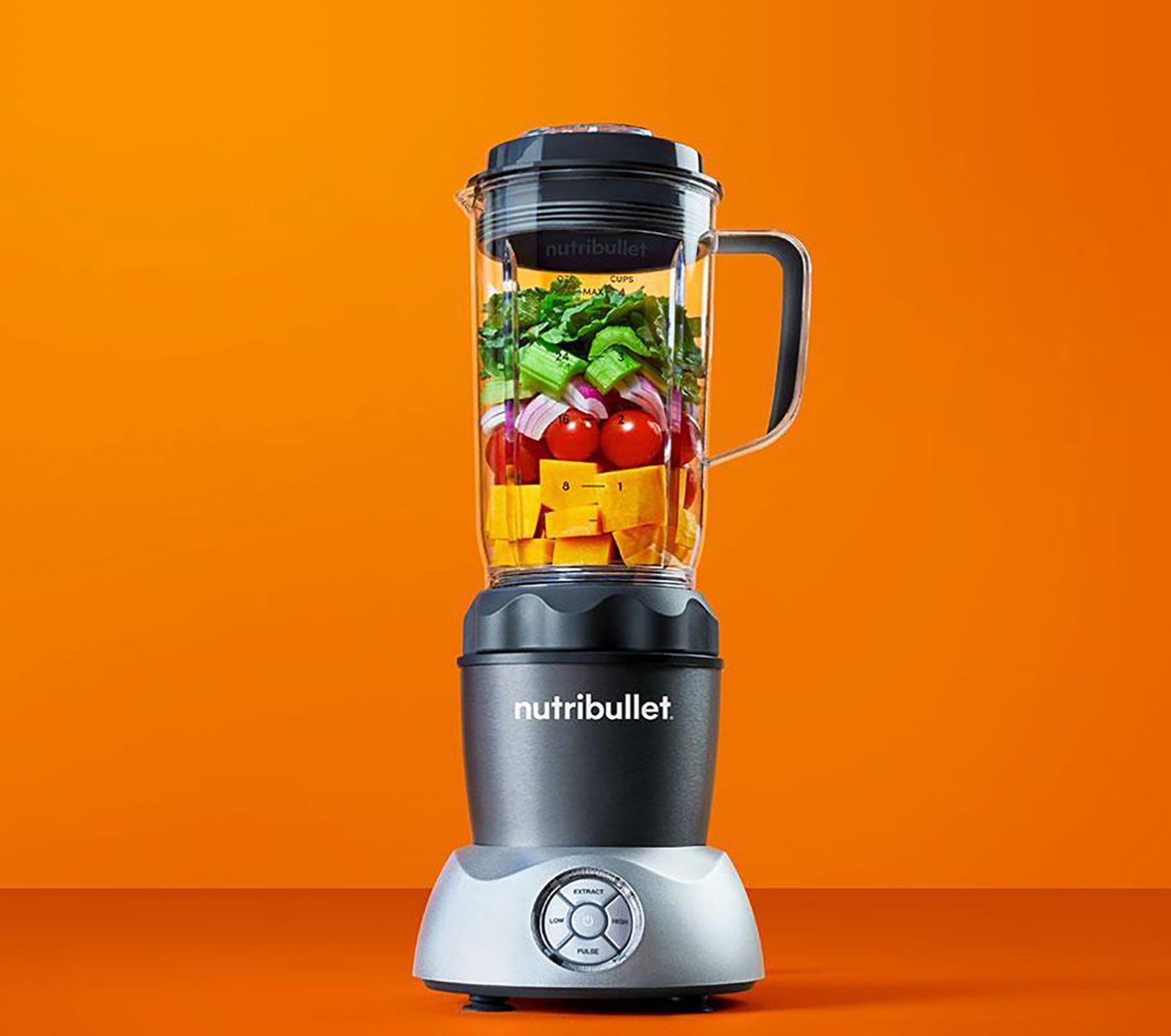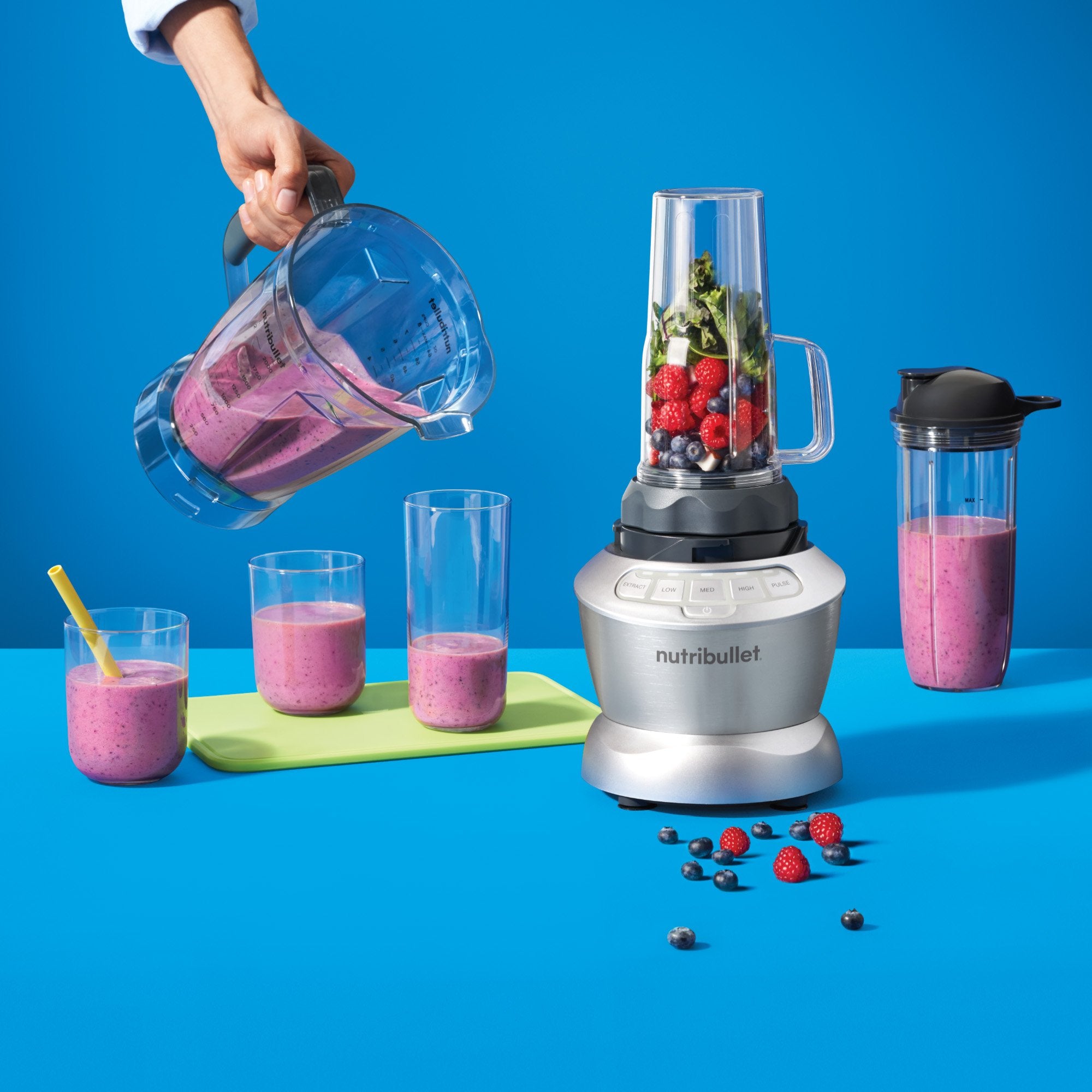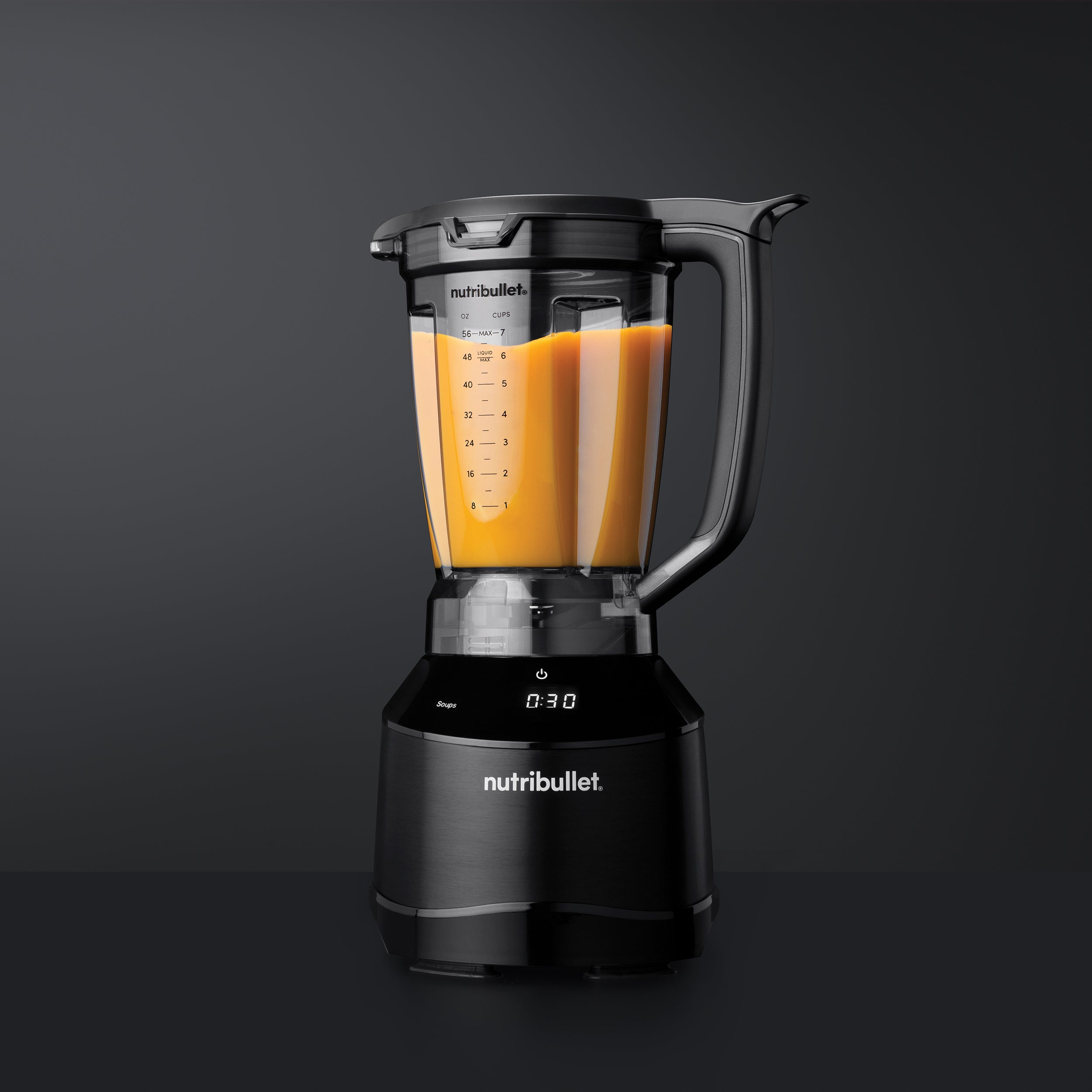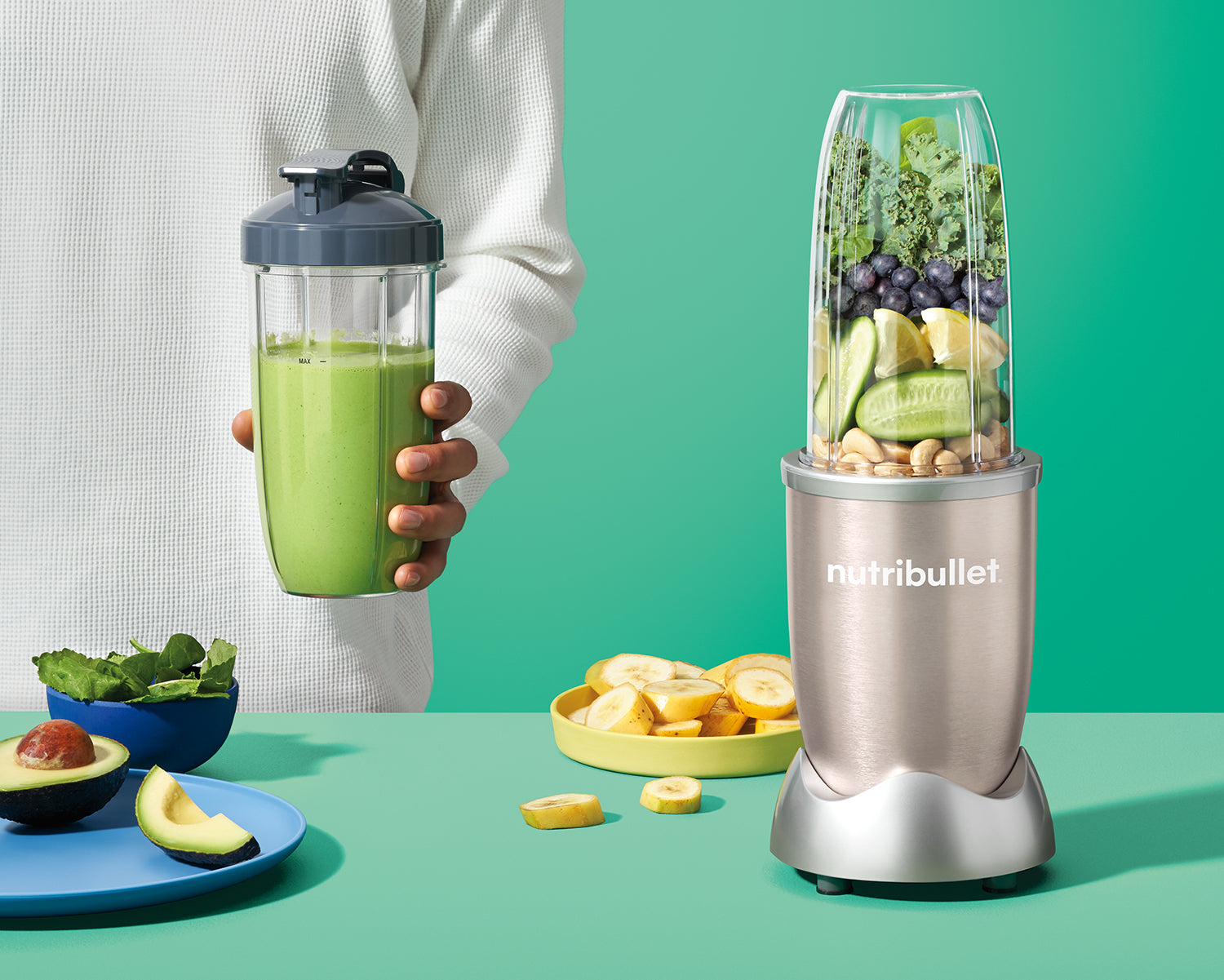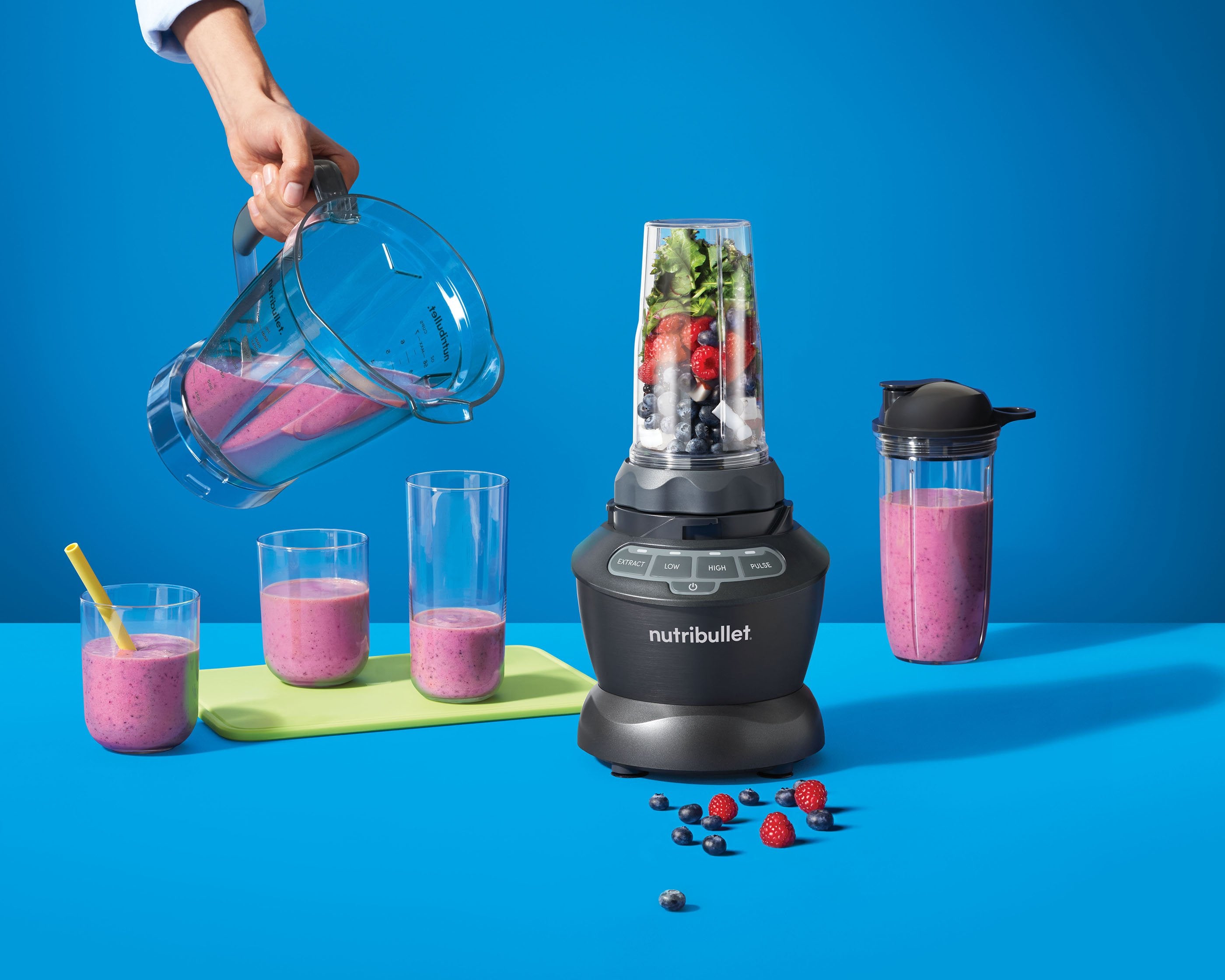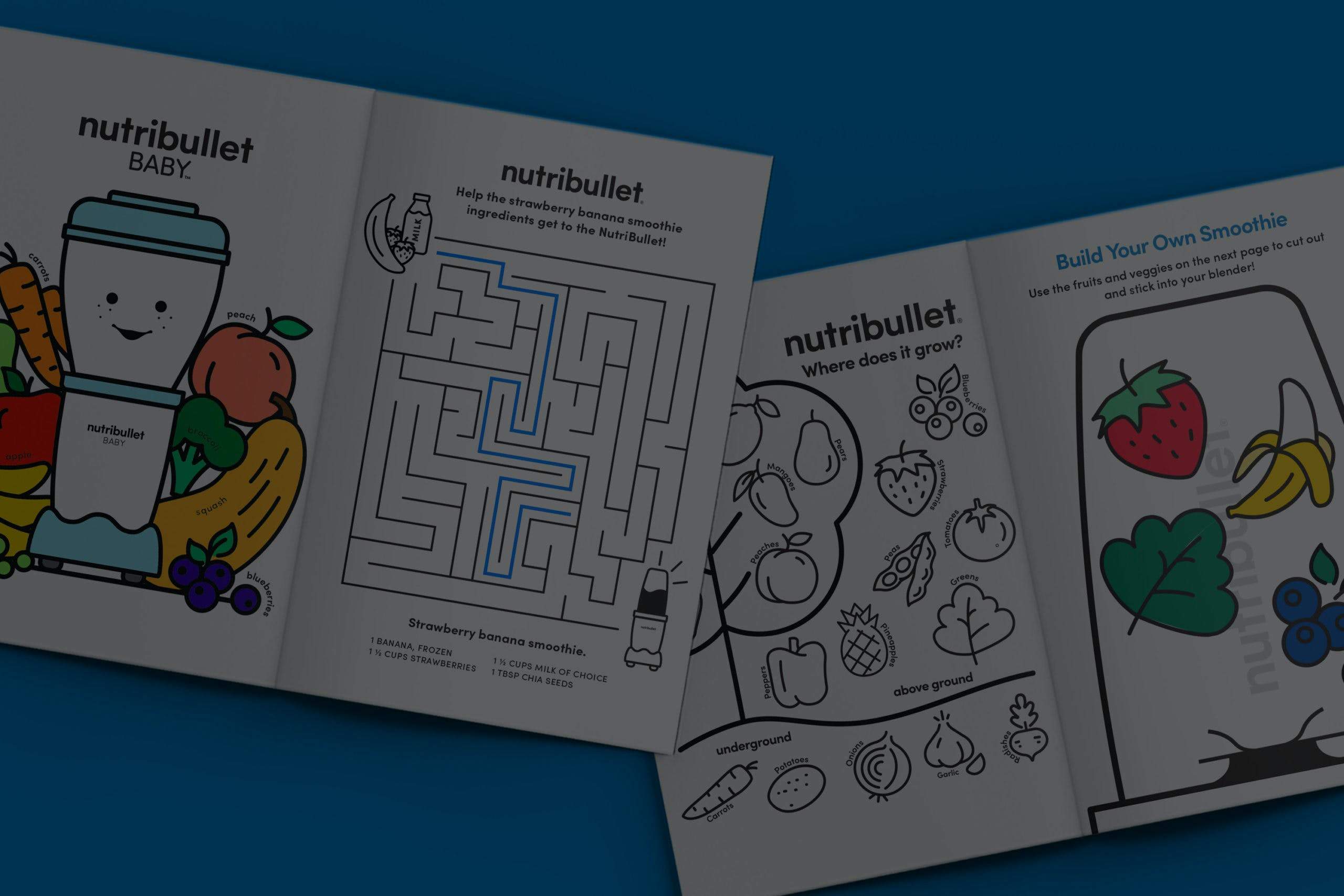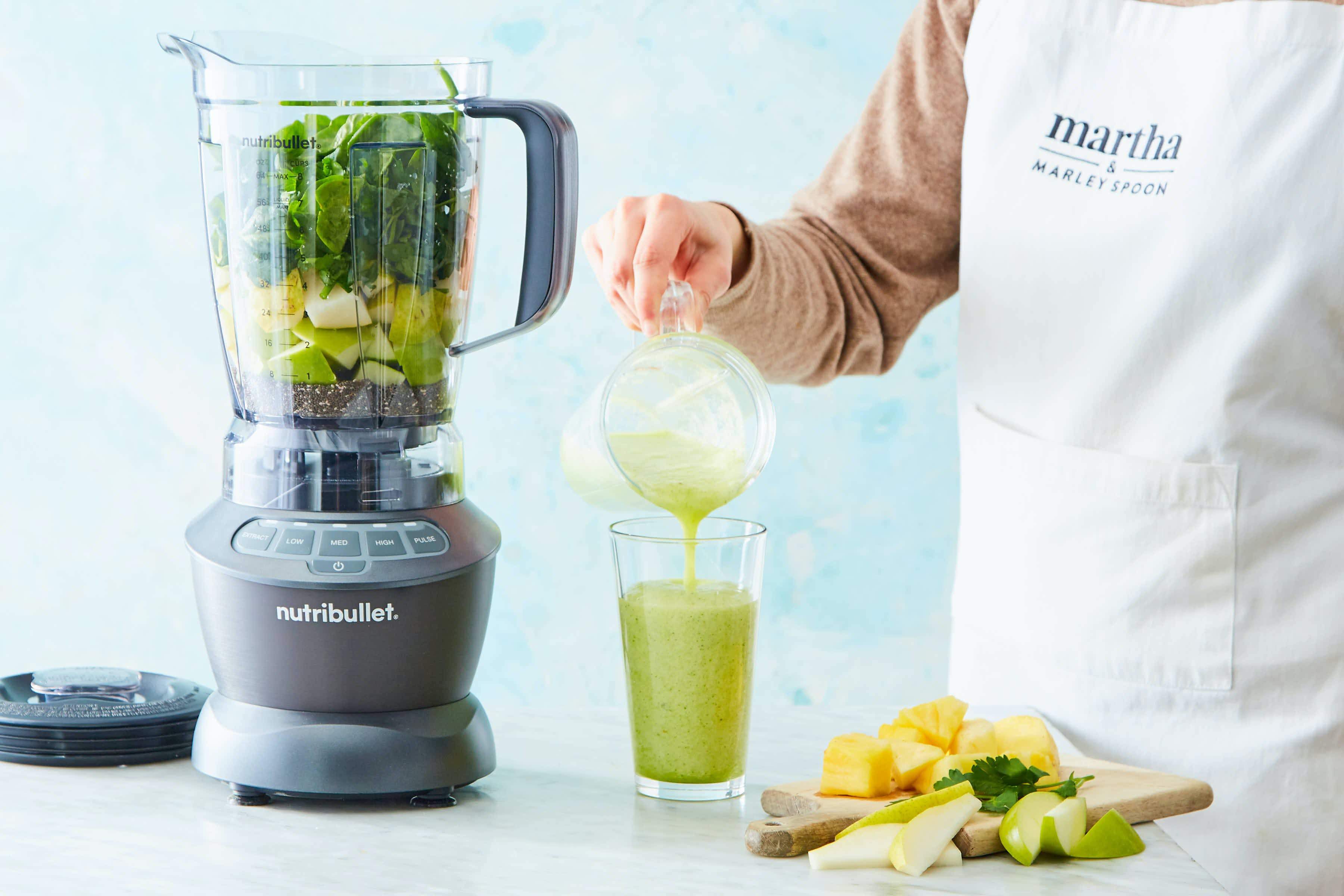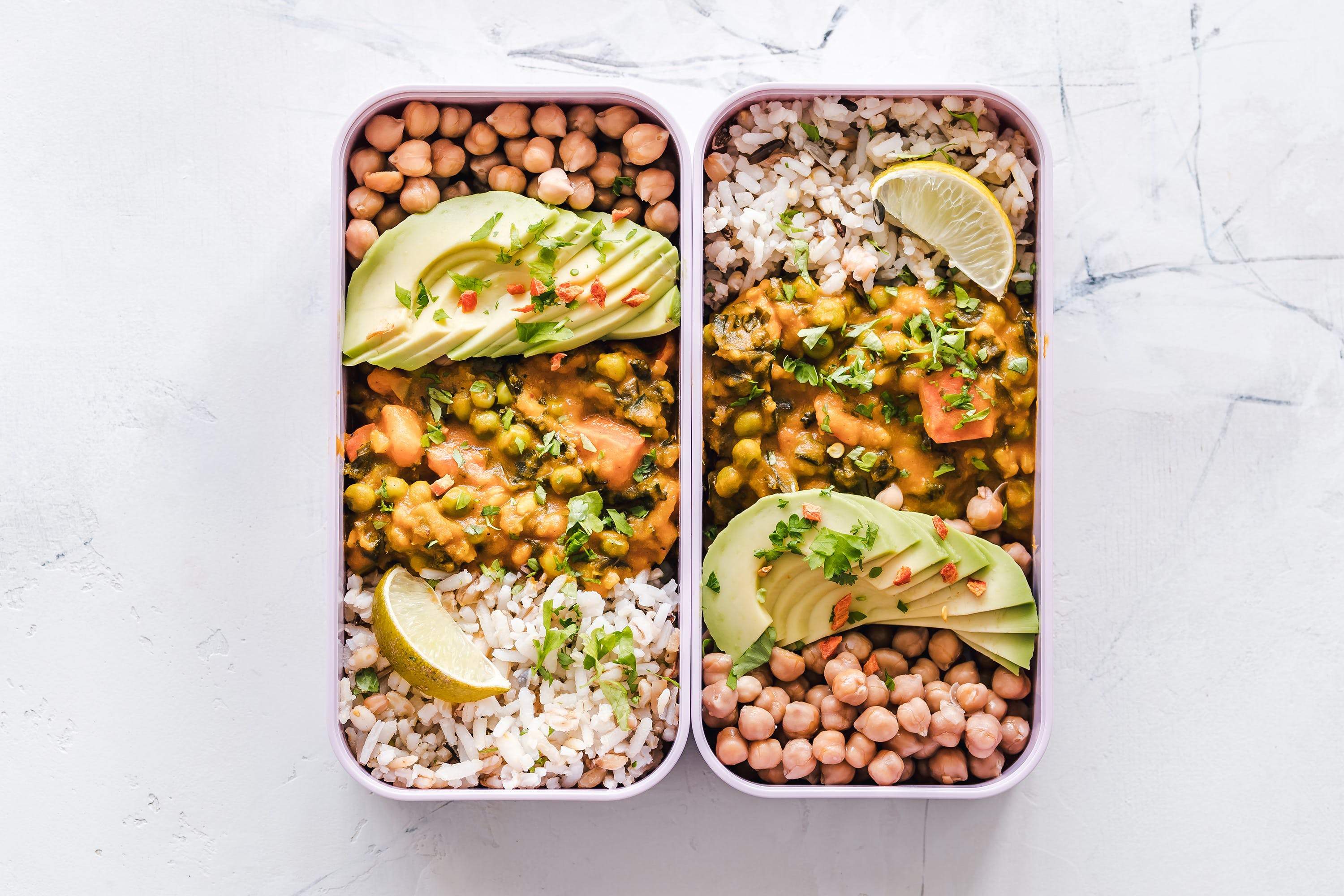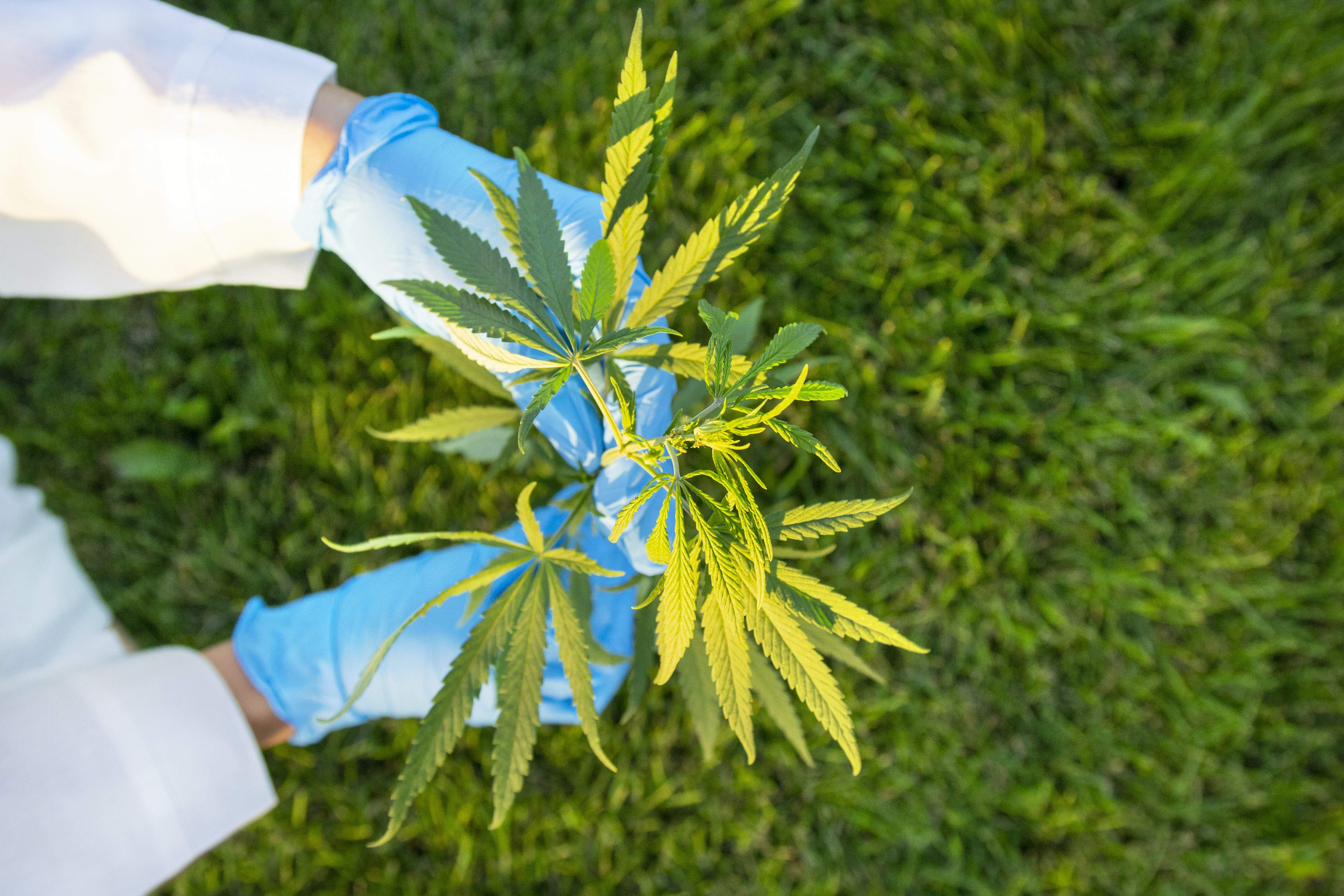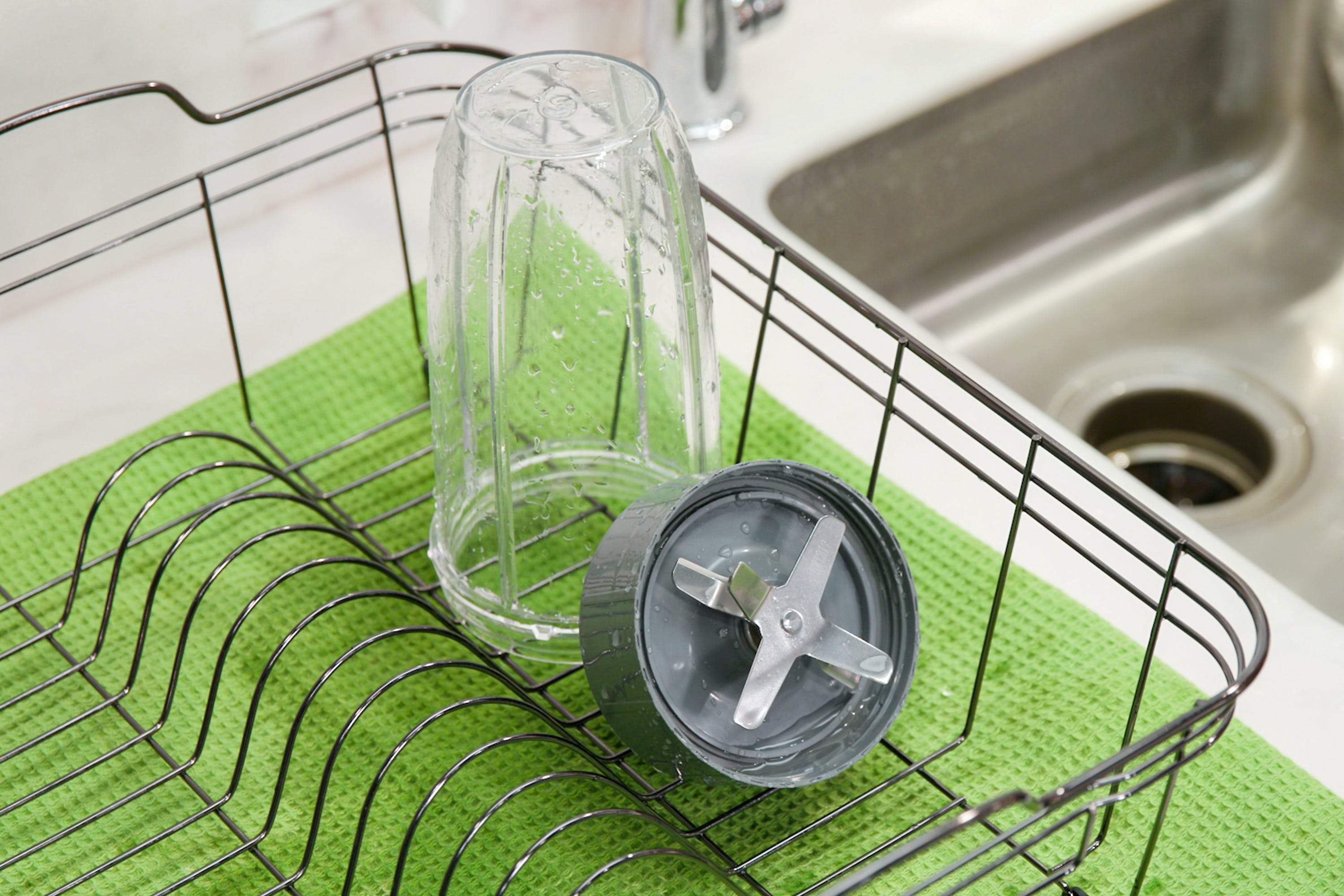If you pinch the skin of your arm, the flesh between your fingers is subcutaneous fat, found underneath the skin. This fat beneath your skin is very different from visceral fat.
Visceral fat is what gives a muffin top its bulge. A muffin top refers to those fatty parts of flesh at your waistline (like love handles and belly fat) that spill over your skirt, trousers, or jeans.
GET RID OF BELLY FAT: 3 CAUSES OF MUFFIN TOP
When it comes to a muffin top, a slender body doesn’t necessarily equate to health. You might be “thin” and still have stubborn belly fat.
Unlike other types of fat tissue in the body, visceral fat wraps itself around organs in the abdominal cavity. Visceral fat stores the reproductive hormone, estrogen. It’s also pro-inflammatory, meaning that it contributes to inflammation. Whether you have a muffin top or a beer belly, excessive visceral fat is a sign of metabolic stress. It also tells you that your reproductive hormones are out of balance.
Excessive visceral fat is linked to:
- Type 2 diabetes
- Insulin resistance
- Polycystic ovarian syndrome, or PCOS
- Metabolic syndrome, including heart disease and high blood pressure
- Non-alcoholic fatty liver disease, or NAFLD
What are the main causes of a muffin top, beer belly, or belly fat?
1. Too Much Sugar and Too Little Sleep
If you use caffeine, sweets or carbs as your primary source of fuel, insulin — the hormone that regulates blood sugar — is thrown out of balance.
When the machinery that regulates blood sugar is thrown off too often, cells become insulin resistant. This means that your body is producing insulin but is not able to utilize it.
Cells use glucose, a form of sugar, as fuel. When they become resistant to insulin (the hormone that transfers sugar into cells), cells aren’t able to get the sugar they need, and they can’t produce the energy your body needs.
When cells aren’t able to respond properly to insulin, the body tries to produce more insulin in an attempt to get the cells the glucose they need. Over time, the body is unable to keep producing this excessive amount of insulin, and type 2 diabetes can develop.
What happens to the excess sugar? It goes to the liver and is converted into fat. This leads to weight gain throughout the body.
If you are having issues with sugar, try using stevia or lakanto to satisfy that sweet tooth. Stevia naturally lowers blood sugar. Also, consider adding probiotic beverages to your diet. Just a few ounces of the sour taste can help balance sugar cravings.
2. Imbalanced Reproductive Hormones
Insulin resistance shares a relationship with reproductive hormones. The more insulin resistant you are, the more likely you are to have excessively high levels of hormones that you don’t want.
For women, insulin resistance and a muffin top go hand-in-hand with too much testosterone.
Women who struggle with belly fat often have too little estrogen and too much testosterone. Research found that women with upper body fat, versus lower body fat on the thighs and buttocks, have higher levels of free testosterone floating around.
We see these high levels of free testosterone when there is frequent sugar overload, like in polycystic ovarian syndrome (PCOS). We also see it with aging, such as after menopause.
3. A Congested Liver
The liver is connected to both sugar imbalance and skewed hormones. For starters, the liver metabolizes — or detoxifies — reproductive hormones.
The liver also produces sex hormone binding globulin (SHBG), which binds to hormones like estrogen and testosterone. You need SHBG in order to regulate your levels of free (and active) hormones.
Here’s the thing about SHBG: the more insulin resistant you are, the less SHBG you have — and in the case of women, the more unwanted testosterone you have floating around.
When the liver is overworked, tired, and congested, it doesn’t do a very good job of metabolizing hormones. And when the liver is forced to store excess glucose because of insulin resistance, it, along with your muffin top, gets fat. This is called non-alcoholic fatty liver disease. Just last year, a team of researchers at the University Hospital Ulm in Germany found that both men and women with fatty, congested livers were more likely to have low levels of SHBG.
One of the best remedies for an overworked, tired, and congested liver is to give it herbs like milk thistle and artichoke leaf. These herbs have been shown to directly support the liver and remove some of burden that we place on it every day.
We also suggest eating plenty of fermented cruciferous vegetables. Cruciferous vegetables like cabbage, kale, broccoli, and cauliflower contain nutrients that support liver health, while fermentation improves digestion and absorption of these foods.
Stubborn belly fat sets the stage for more serious health problems in the future, so it’s important to understand how it got there in the first place. The more you know, the better equipped you’ll be to manage your weight and keep your body balanced. Maintaining healthy habits, such as getting plenty of sleep and eating nutritious whole foods, will put you a few steps closer to kissing that muffin top goodbye!
Nutritional information
Recipe: Creamy Green Strawberry Dream Serving in this recipe:1
- Calories: 236.6
- Total Fat: 3.6 g 5.5%
- Saturated Fat: 0.4 g 1.9%
- Cholesterol: 0 mg 0%
- Sodium: 358.7 mg 14.9%
- Total Carbs: 45.7 g 15.2%
- Dietary Fiber: 9.9 g 39.4%
- Sugar: 22.1 g
- Protein: 8.1 g 16.2%
- Vitamin A: 481.9% Vitamin C: 244.1%
- Calcium: 68.5% Iron: 26.1%
* Percent Daily Values are based on a 2,000 calorie diet. Your daily values may be higher or lower depending on your calorie needs.

